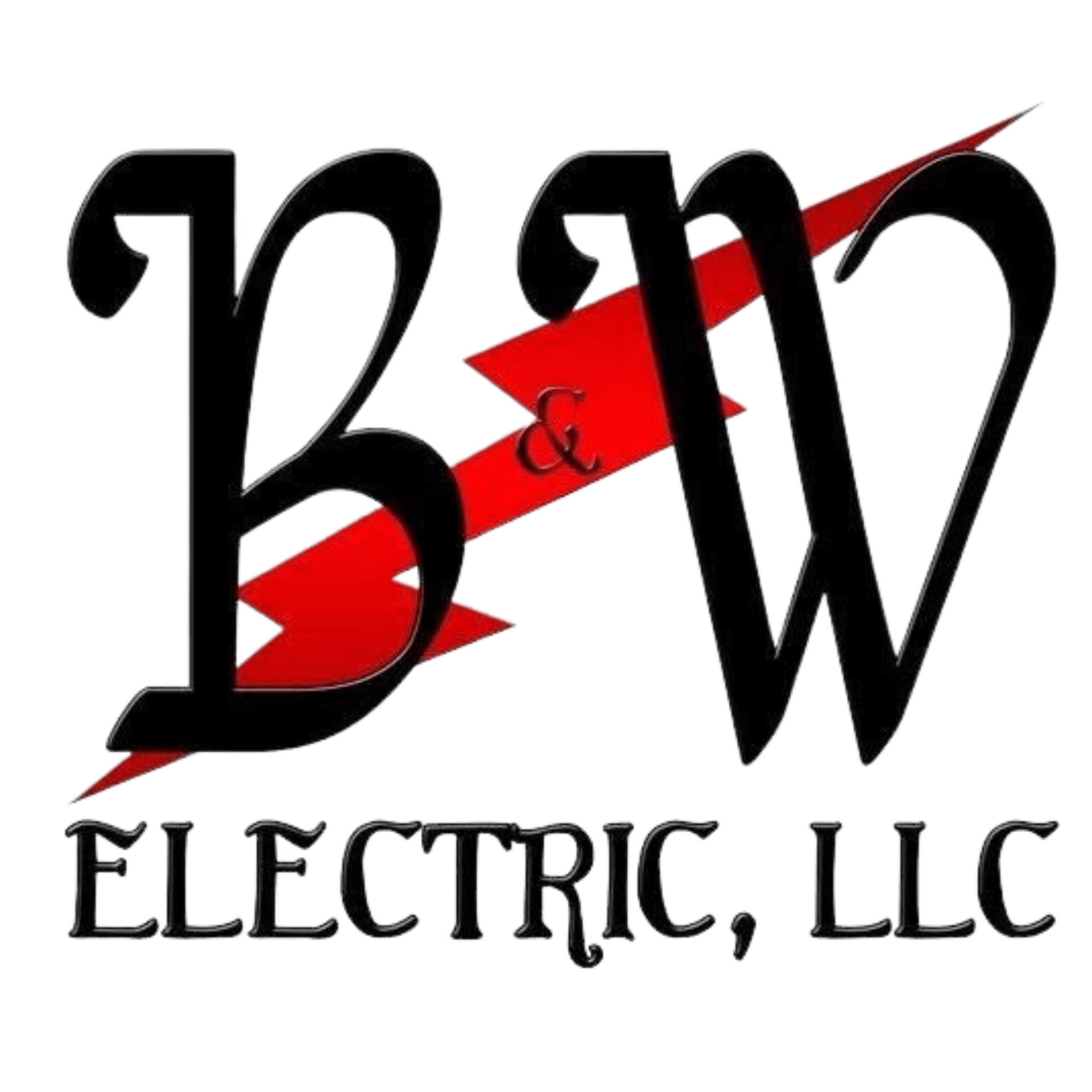If you’re not already well-versed in electrician terms, it can be pretty intimidating when talking to an electrical professional. We get that. There’s so many different parts and components that go into lighting up your home, it can take years of experience to become well-versed in electrician lingo.
That said, you don’t need to be fluent in electrician-speak to properly communicate the issues you’re having. Having a grasp on some of the most basic electrical terms can be hugely beneficial in the event something goes wrong and you need to explain to a professional what the issue may be.
With that in mind, we’ve created an A to Z glossary of electrical terms that will absolutely come in handy the next time you’re talking with an electrician:
Comprehensive Guide to Electrician Terminology
A – Ampere (Amp): The unit of electric current. It measures the amount of electrical charge flowing past a point in a circuit per second.
B – Breaker: A device designed to interrupt the flow of electricity in a circuit as a safety measure to prevent damage or fire.
C – Conductor: A material that allows the flow of electrical current. Common conductors include copper and aluminum.
D – Direct Current (DC): A type of electrical current where the flow of electrons is in one direction only.
E – Earth (Ground): A reference point in an electrical circuit from which voltages are measured. It is also a conductive path to the earth, used for safety.
F – Fuse: A safety device consisting of a strip of wire that melts and breaks an electric circuit if the current exceeds a safe level.
G – Ground Fault Circuit Interrupter (GFCI): A device that protects against electric shock by breaking the circuit when it detects a difference in the currents in the hot and neutral wires.
H – Hertz (Hz): The unit of frequency, equal to one cycle per second. It is used to measure the frequency of alternating currents.
I – Insulator: A material that resists the flow of electric current. Common insulators include rubber, plastic, and glass.
J – Joule: The unit of energy. In electrical terms, it is the energy expended in passing an electric current of one ampere through a resistance of one ohm for one second.
K – Kilowatt (kW): A unit of power equal to one thousand watts.
L – Live (Hot): Refers to a wire or conductor that is carrying an electrical current and has a potential difference with respect to the ground.
M – Multimeter: An instrument used to measure voltage, current, and resistance in an electrical circuit.
N – Neutral: A conductor that carries the current back to the source in an electrical circuit and is connected to the ground at the main service panel.
O – Ohm: The unit of electrical resistance. It represents the resistance between two points of a conductor when a constant potential difference of one volt applied to these points produces a current of one ampere.
P – Power: The rate at which electrical energy is transferred by an electric circuit. It is measured in watts.
Q – Quality Factor: A dimensionless parameter that describes how underdamped an oscillator or resonator is, related to its bandwidth.
R – Resistance: The opposition that a material offers to the flow of electric current, measured in ohms.
S – Short Circuit: A fault in an electrical circuit where the current bypasses the intended path, often leading to excessive current flow and potential damage.
T – Transformer: A device that transfers electrical energy between two or more circuits through
electromagnetic induction, typically used to increase or decrease voltage levels.
U – Utility: Refers to the company or entity that provides electrical power to homes and businesses.
V – Voltage (Volt): The unit of electric potential difference. It measures the force that pushes the electrons through a circuit.
W – Watt: The unit of power. It is equivalent to one joule per second.
X – X-Rated Capacitor: A type of capacitor used in line-to-line applications, such as across the two hot wires in a 240 VAC application.
Y – Yoke: The frame or structure that holds the magnetic core and windings of a transformer or other magnetic devices.
Z – Zener Diode: A semiconductor device that allows current to flow in the reverse direction when the voltage reaches a certain level, used for voltage regulation.
It’s important to keep in mind that these are just basic definitions of electrician terms, and that there’s so much more to learn about each term – and so many more terms! And remember, when you’re talking to an electrician, and he uses some lingo you don’t understand, don’t hesitate to ask for clarification!
If you’re searching for an experienced electrician in the Denver area that you can actually talk with, reach out to speak with the professionals at B&W Electric today!





